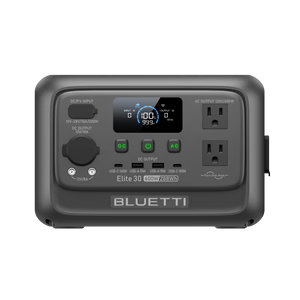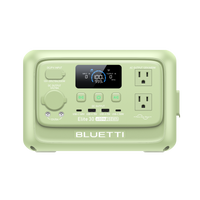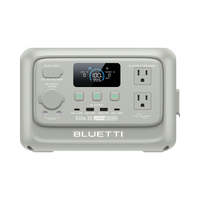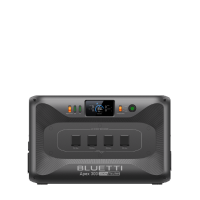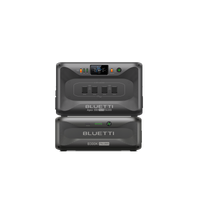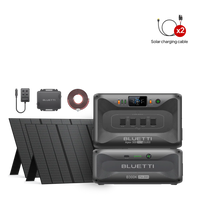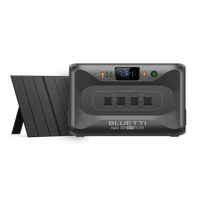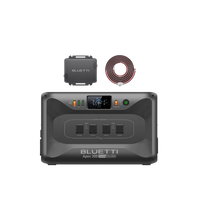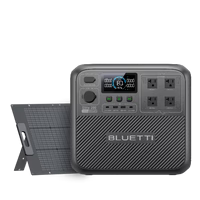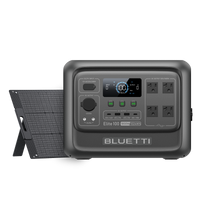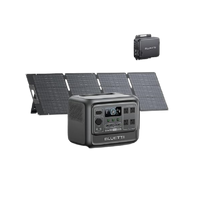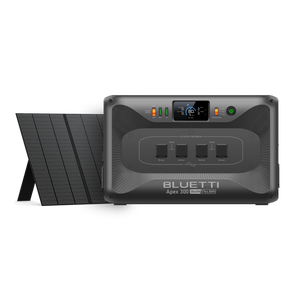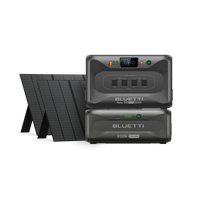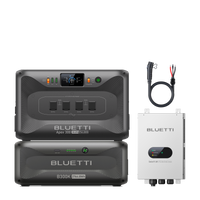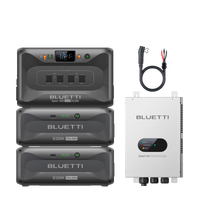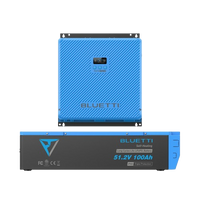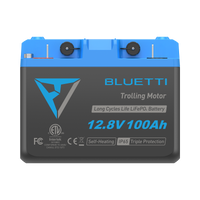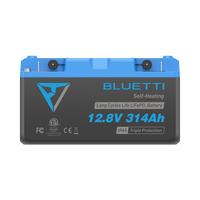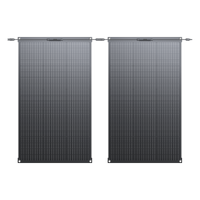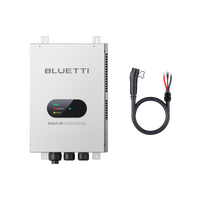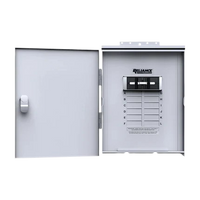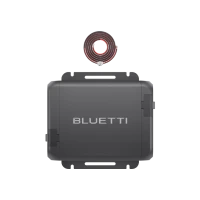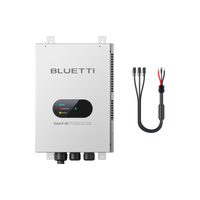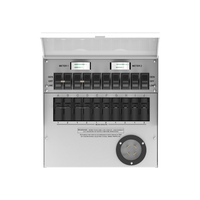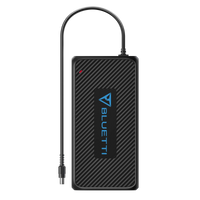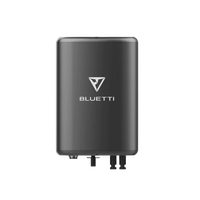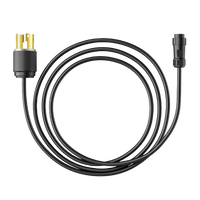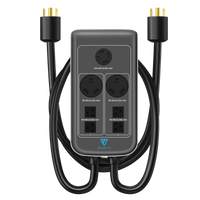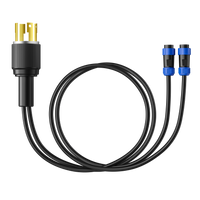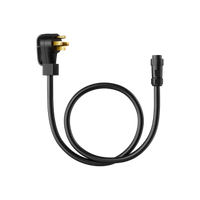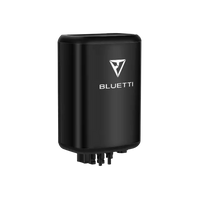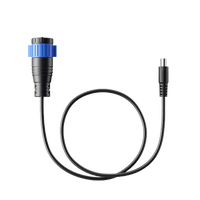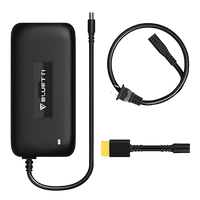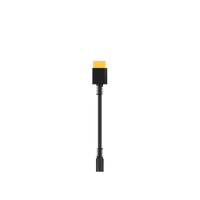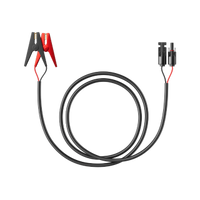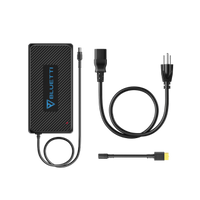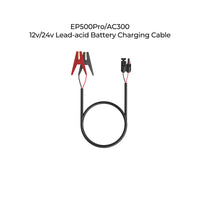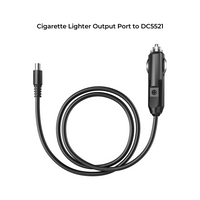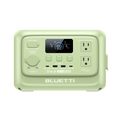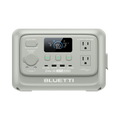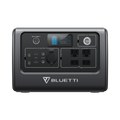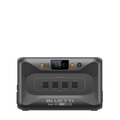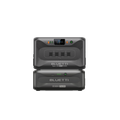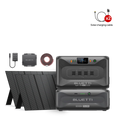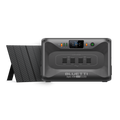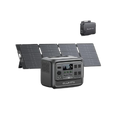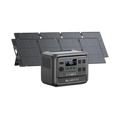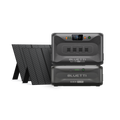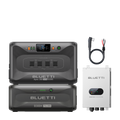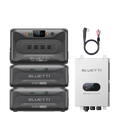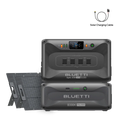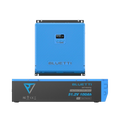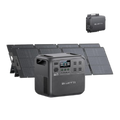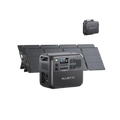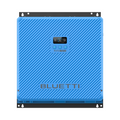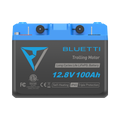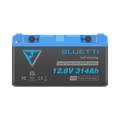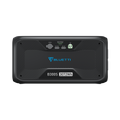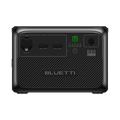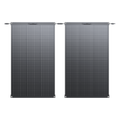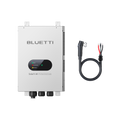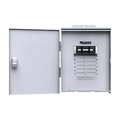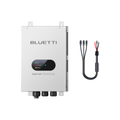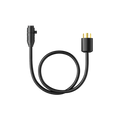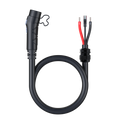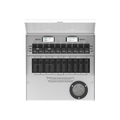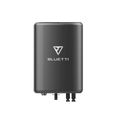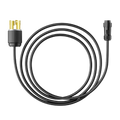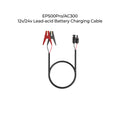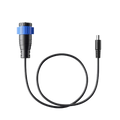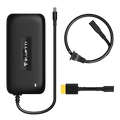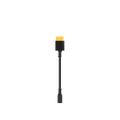Nowadays, a pc parcel of our lives. We can't simply imagine a day without it. They assist us with everything, whether it is work or fun. However, have you ever thought about the amount of energy your laptop uses? This paper will deal with the power utilization of PCs, the cost involved in running it, and how to save on your energy bill.
How Many Watts Does a Computer Use?
A laptop generally uses an average of 30-70 watts. Bigger desktops, and especially gaming computers, usually run between 200 to 500w depending on the model and the work that is being handled. The more powerful a PC is, the more watts it uses. Note that power consumption will vary significantly depending on actual computer operation.
For example, a PC processing a high-end video game or generally very intensive software will most probably be needing way more energy in comparison to when it is just browsing the internet or using a word processor. This is because more demanding projects need greater processing energy, which requires more electricity. Therefore, whatever kind of activities you do on your computer can totally affect its power consumption.
How Much Electricity Does a Computer Use?
The common amount can be 30 to 70W. However, this depends on the make. Connected to a 120-volt outlet, the pc usually uses 3-5 amps. Large-sized desktop and gaming PCs take up to 500W. The most contributing factor, however, is the usage time.
Take an example: your computer is on for 6 hours a day, then in a week it is 2.1 kWh of electricity; in a month, it sums up to 9.1 kWh; and in a year, it gives a consumption of 109.5 kWh. The power consumption might also be influenced by the settings of your computer. This can be achieved, for example, through the operation of power-saving modes that cut down the electricity consumption of the computer.
Power-saving modes tend to generally reduce the performance of a computer so as to save power. This can be advantageous when one is not running application-intensive software. In other words, you are able to control its power consumption through computer settings, which at one point may save you some cash that you would have used to pay an electricity bill.
How Much Does It Cost to Run a Computer?

Powering a pc depends on the price of electricity in your area and how frequently you are likely to use it. It usually costs around $1.73 to power a pc for a month and around $20.72 for a year. The number can vary immensely, however, by location and the specific power requirements of the laptop. It is also always good to take into consideration the other related expenses for running a computer, such as internet service, repairs, or upgrade requirements over time.
Those additional expenses tend to accumulate over time, so they are important to incorporate into your overall computing budget. Understanding the total value of owning and operating a PC is pivotal. It helps one effectively manage their expenditure and find out ways of cutting down on costs.
How Much Money Can Solar Panels Save You?
Among other means, installing daylight panels is the best way to cut down or even eliminate your electric bill. In fact, most homeowners would save, on average, somewhere between $10,000 and $30,000 throughout the life of a solar collector system. A collector rated at around 350 watts will easily power a computer and more.
Apart from being a way of saving money, solar panels help save the environment. They help reduce your carbon footprint by generating your own electricity, thus reducing your need for other sources like fossil fuels, which majorly cause changes in climate. This implies that solar panels will do you the benefit of saving you money and in helping to save the environment. Here are some of the cases you should consider:

It exploits the power of daylight. This as a result produces a 350W off-grid power supply. This form of renewable energy provides a reliable, cost-effective electricity supplier for a diversity of gadgets. This is good for instant power to a laptop, drone, fridge, electric drill, and a bunch of other devices.
Portability is another key feature that the BLUETTI PV350 has. Coming with a small size of 35.62 inches × 4.12 inches × 2.5 inches and lightweight design of just 30.61 pounds, it is of easy setup, therefore to be used when going out for camping or any kind of outdoor adventure.
In addition to this, the strength of the BLUETTI PV350 is advanced laminated technology and surface-long-lasting ETFE material. The structure, in turn, makes the device more robust, has better transmittance of light, more resistant against scratches, and easy to clean. It is also water-resistant. This is because it features an IP65 protection rating from water splashing.
Efficiency is at the heart of the collector. This is attributed to the fact that the product comes with a 350-Watt monocrystalline solar panel, guaranteeing the set-up enjoys a conversion efficiency rate of as high as 23.4%. Other attributes include the amazing 95% transparency that the solar panel exhibits and works better than the polycrystalline type under low light. Direct sunlight is guaranteed on the panel at all times, thanks to the four fixed stands, making total panel utilization possible.
It is most important to note that the BLUETTI PV350 does have compatibility with most of the already accessible solar generators on the market. The collector is an MC4 connector that is highly compatible with most of the daylight generators, especially with the BLUETTI AC180 and more.

It is designed to keep your solar generators juiced up. Basically, it's a solar charge-anywhere solution, so power can be convenient for your devices.
It's manufactured with monocrystalline daylight cells that can convert sunlight to solar power of up to 23.4%. The high efficiency rate ensures that most of the sun is tapped, even under bad weather conditions.
Easy to set up with a kickstand, the PV200 unfolds and adjusts the angle of the sun to maximize the sunlight for harnessing solar energy in generators in no time. It can charge most BLUETTI power stations in just a few hours and to 80% power level.
The PV200 is rugged and water-resistant, with ETFE coating and IP65 junction box for anti-scratch and resisting water splash—perfect for camping, fishing, hiking, and many other activities. It is, however, not meant to be in contact with or submerged in water. Also, it provides a voltage at max power (Vmp) of 20.5V, a current at max power (Imp) of 9.7A, and working with an open circuit voltage of 26.1V.
Does Leaving the PC on Use a Lot of Electricity?
Yes, leaving your PC on does use quite a bit of electricity. A computer does consume electricity all the time because, even in its idle state, it continues to keep the system running and to maintain the state of the computer's memory. Well, the power is not used by the actual computer but rather by components like the hard drive and the cooling fan, which would consume anyhow even if the computer weren't doing much.
This is because these elements always run in the background, even if you are not using the pc at the moment. Therefore, it is normally more energy-efficient to have the laptop completely powered down when it is not in use, especially when leaving for an extended period of time. Turning it off when not being used saves electricity, and a lot more on wear and tear.
Does Having a PC Increase Your Power Bill?

Indeed, a PC can add to your power bill, especially if you use it a lot and even more so if it is on a lot. But there are numerous ways you can manage your computer's power use to bring the costs down. For instance, you can make power settings in your computer so that it goes to sleep if there is any inactivity, or even shuts down totally when not in use for a long period of time. These practices will reduce power consumption by the computer and also save you money on the electricity bill. By effectively administering power used by your computer, you can reap the positive attributes of technology without the high costs of energy.
Final Thoughts
By learning how much energy your computer uses, you can actively manage your electricity use and potentially save some cents on your power bill. High-power gaming desktop or laptop, it doesn't matter; being aware of your computer's power consumption can turn in big savings down the road. Plus, solar panels can even make the computer run for free, all while contributing to a more sustainable future. Remember, every little bit helps, and this definitely includes savings along with looking after our own planet. So take some time to understand how much power your computer actually consumes and make these changes today; you can enjoy the benefits of technology without the high cost of power. Ultimately, awareness of the power your computer consumes can result in substantial savings and a more sustainable lifestyle.
